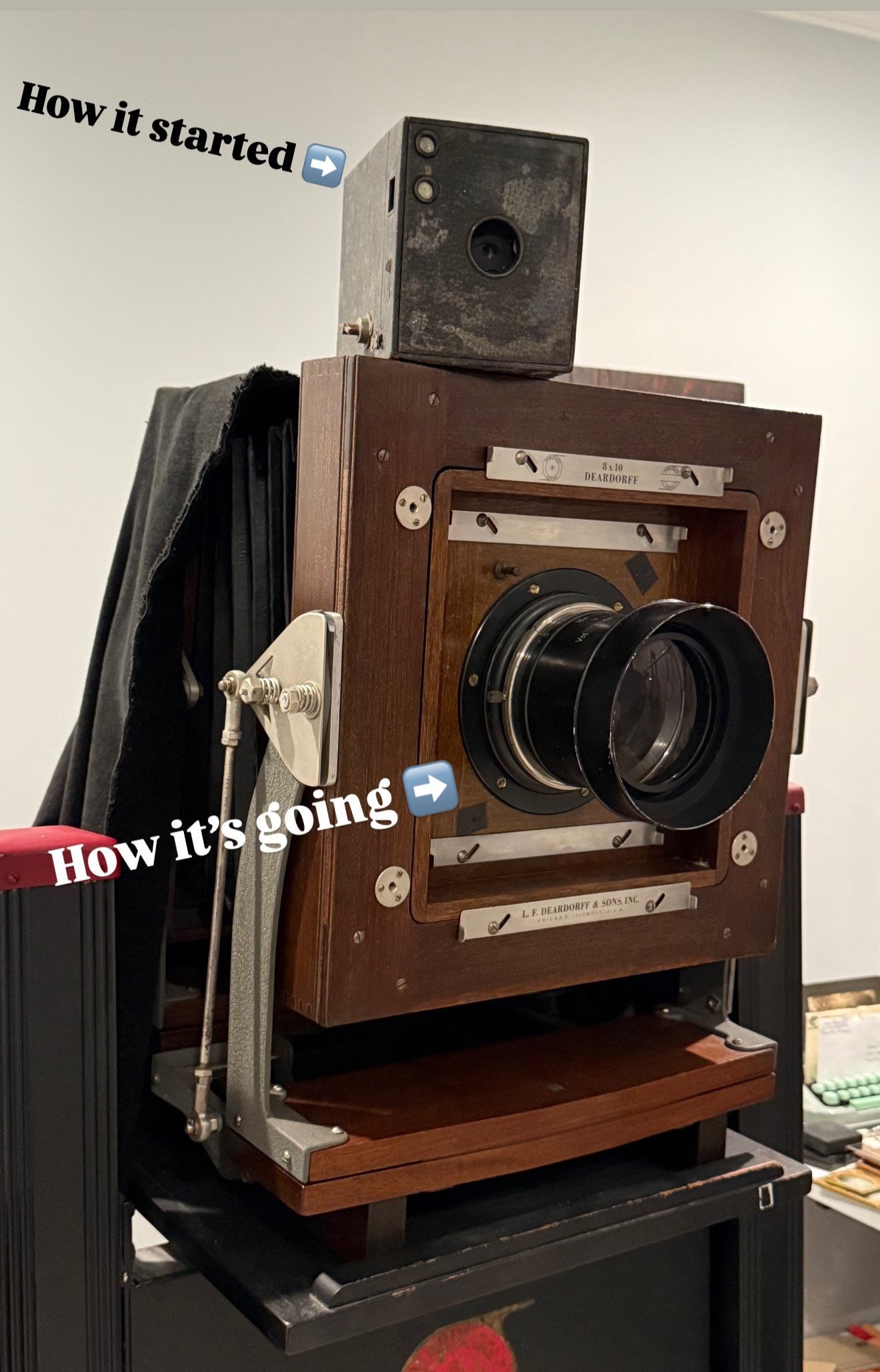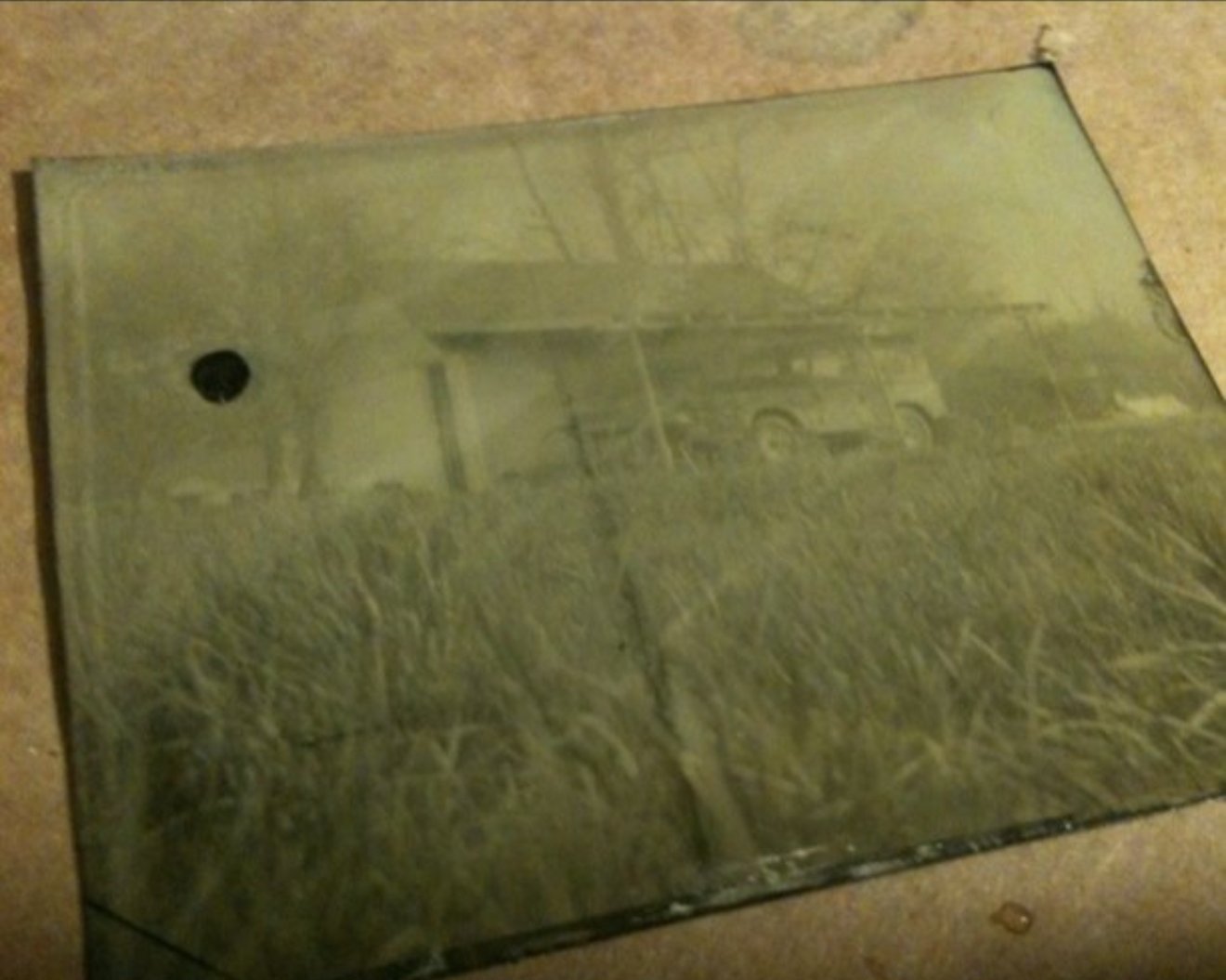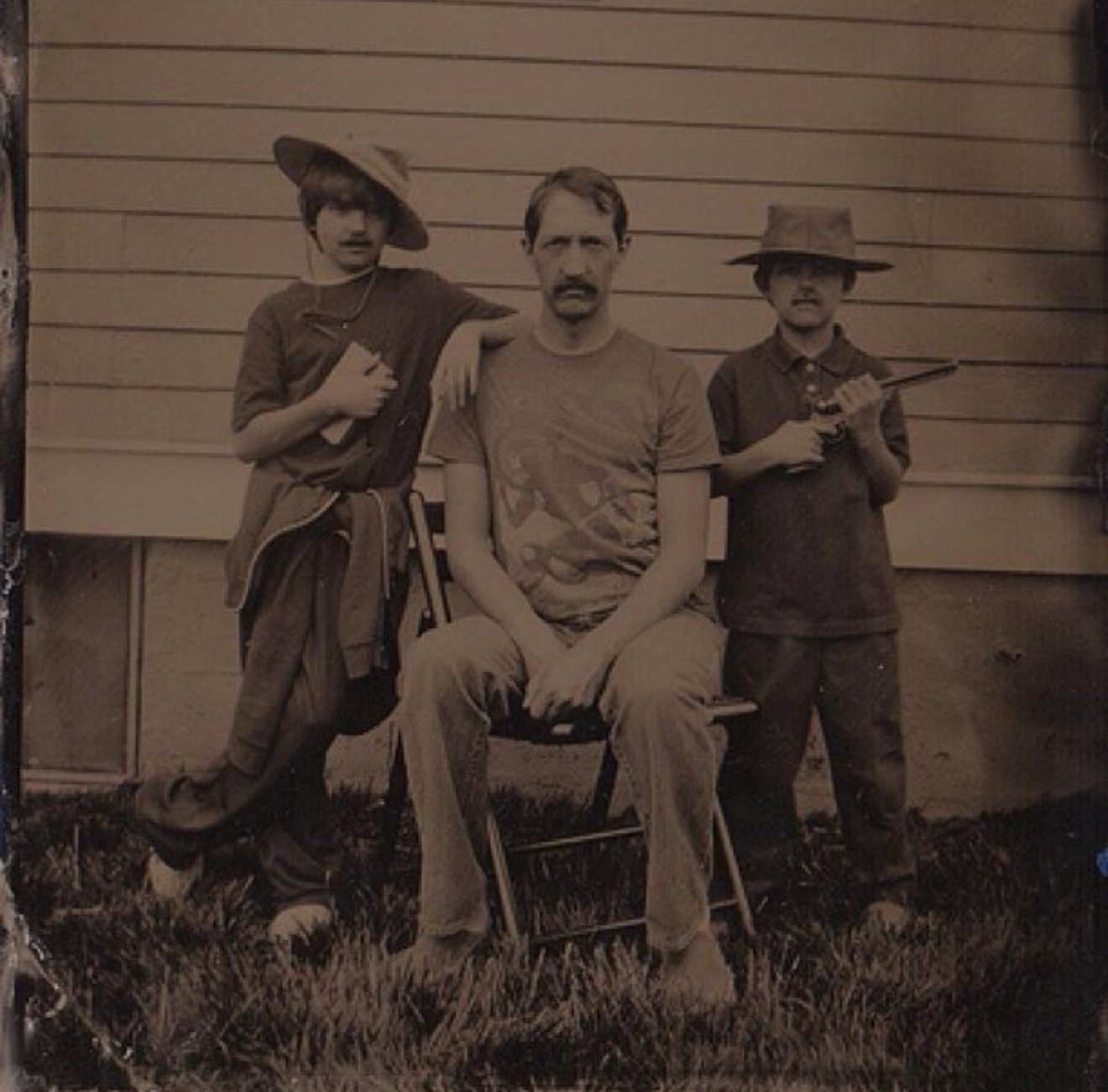My First Tintype: How I Fell in Love With Wet Plate Photography
I made my first visible tintype on March 12, 2011 — and even though it was rough around the edges, it sparked something that's kept me hooked ever since.
Before I found tintype photography, I spent years shooting 35mm film with a Minolta Maxxum 3000i. Back in the late '90s and early 2000s, you could still drop off a roll of film at Walmart and pick up printed photos (and your negatives) a few days later. I loved the process, even as digital photography started to take over.
I dabbled in digital for a while. Early point-and-shoots, Photoshop filters, HDR experiments, etc., but none of it ever felt truly satisfying. Even though my day job was (and still is) rooted in technology, I kept finding myself pulled back toward more tactile, traditional processes.
Discovering Wet Plate Collodion
Around 2009 or 2010, I went down a YouTube rabbit hole trying to see if I could ressurect an old family camera. That’s when I stumbled onto a video by Quinn Jacobson about the wet plate collodion process.
He said something like, “If you love history and don’t mind working with dangerous chemicals, this might be for you.”
I thought: That’s exactly for me!
From there, it snowballed.
I joined the old Collodion.com forums and started asking a million questions. I bought a copy of John Coffer’s "The Doer’s Guide to Wet Plate Photography", a handwritten, Xerox-copied manual that came with grainy old DVDs converted from VHS tapes.
The more I read, the more it felt like I had found something I didn’t even realize I was searching for.
Building My First Darkroom in Old Hickory, Tennessee
At the time, we lived in a small house in Old Hickory, TN, just outside Nashville.
My first "darkroom" was black plastic sheeting stapled to the basement ceiling, a folding table, and a red fluorescent light from Home Depot.
I built my own silver tank and fixer trays out of acrylic. I mixed my own collodion ("Old Workhorse" recipe) and japanned my own metal plates.
I even converted an early 1900s Kodak Brownie box camera into a crude plate holder — recommended by John Coffer as a good, first test camera.
It was messy, it was smelly, and half the time I wasn’t sure if I was ruining the chemicals or the equipment.
But I loved every second of it.
March 12, 2011: The First Image Appears
After a lot of blown-out plates and overexposures, I finally realized the Brownie’s simple lens didn’t need a 30-second exposure.
Ten seconds was enough.
On March 12, 2011, standing in that makeshift basement darkroom, I watched my first real tintype image appear in the developer tray.
It wasn’t perfect.
It was faint and scratchy.
But it was there … and it felt like opening a door into another world.
From Basement Experiments to Backyard Portraits
After that first success, I roped in friends from Music City Improv to come sit for me behind the house.
We made messy plates, laughed at the mistakes, and kept experimenting.
In 2012, I upgraded to a Century Studio 8x10 large format camera, a serious leap forward from my homemade setups. Around the same time, we moved to Franklin, Tennessee, where I started setting up outdoor shoots under natural light.
Eventually, I added Speedotron strobes so I could shoot indoors. No more worrying about Tennessee’s unpredictable weather during a session.
Even though I had started out photographing old buildings and still lifes, over time, I found myself drawn more and more toward portraiture. There’s something about working with people … capturing a real expression, a real moment that felt more alive than anything else.
Fifteen Years Later, Still Hooked
Now, nearly 15 years after that first plate, I’m still at it.
I still mess up. I still get frustrated.
But I also still have moments where the chemistry, the light, and the subject all come together in a way that feels almost timeless.
That's what keeps me coming back to tintype photography.
It’s slow. It’s unpredictable. It’s incredibly rewarding.
And I don’t plan on stopping anytime soon.
Curious About Tintype Photography?
If you’d like to experience the magic of wet plate collodion firsthand, you can book a session here or learn more about how tintypes are made.
I’d love to help you create something timeless — one plate at a time.



